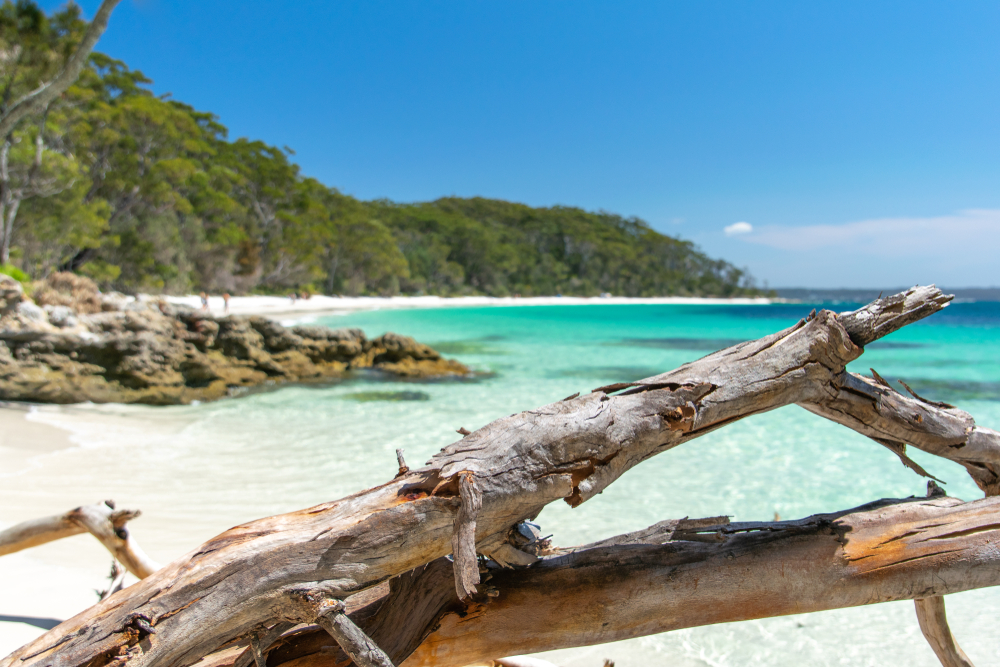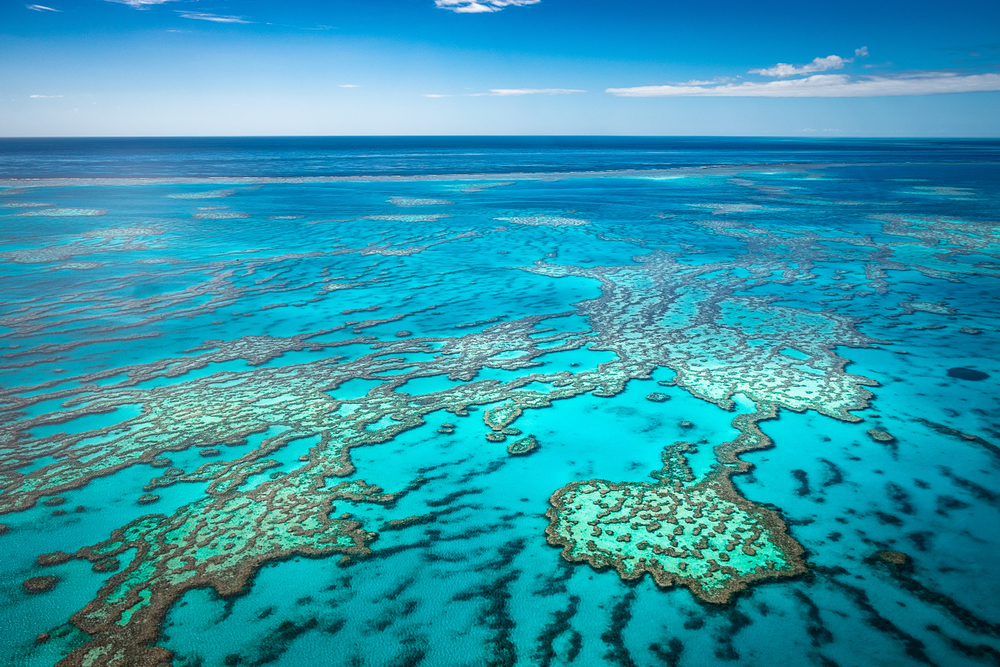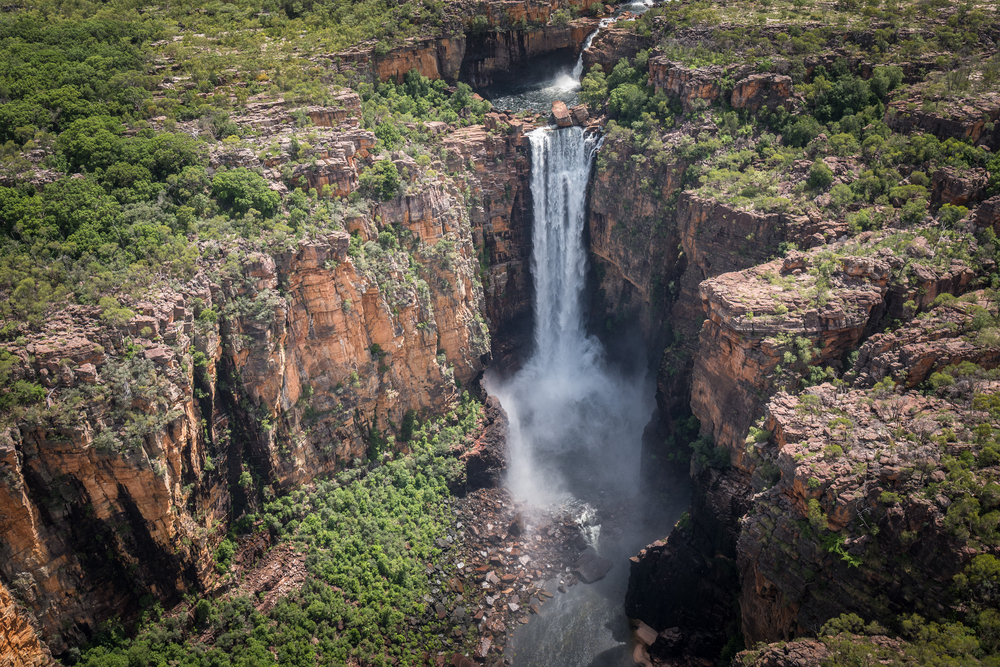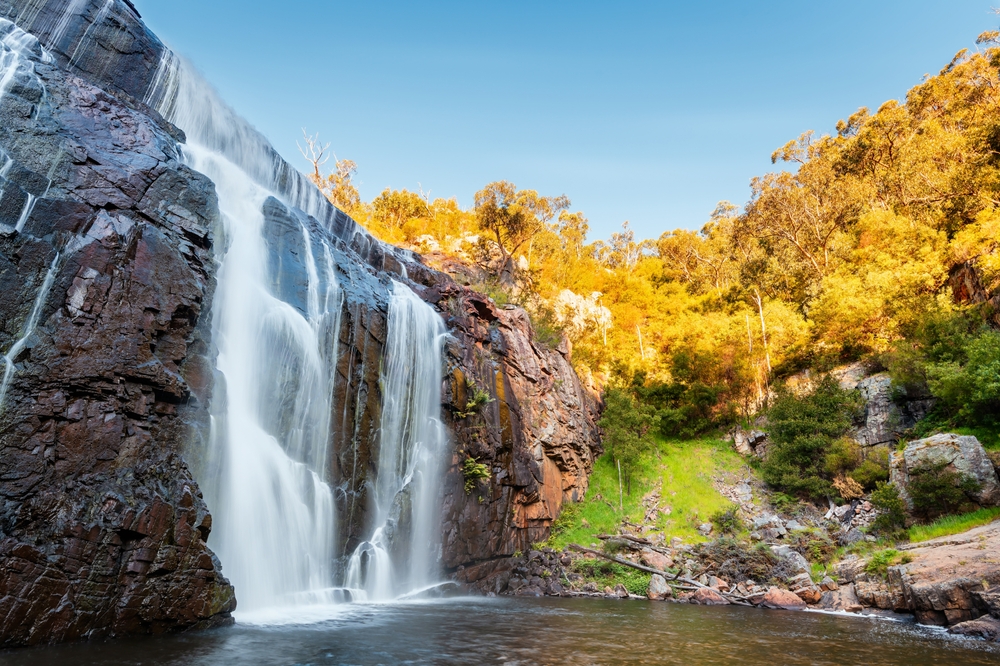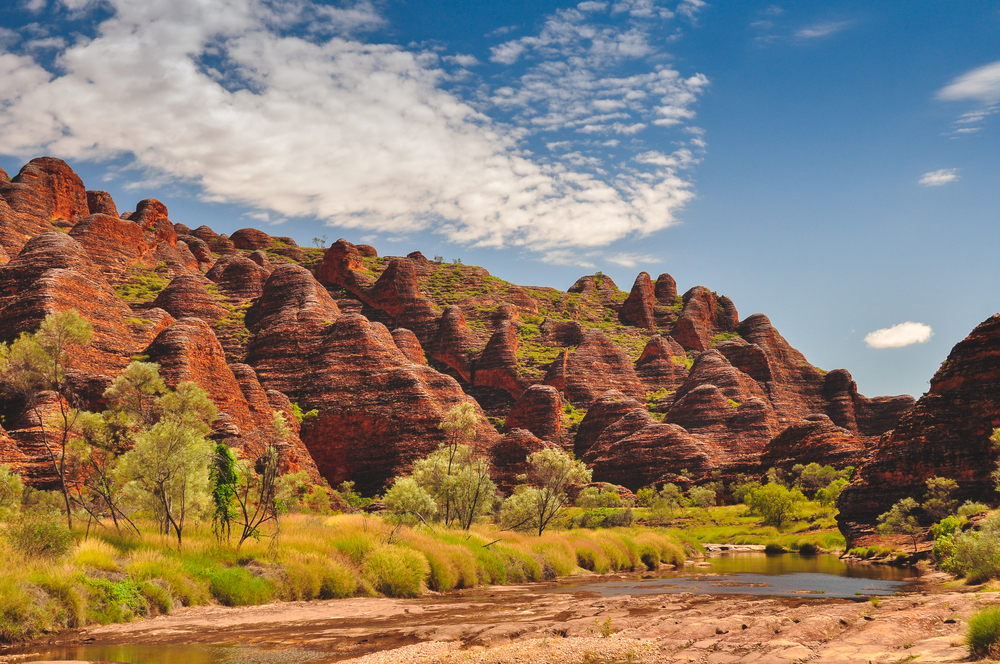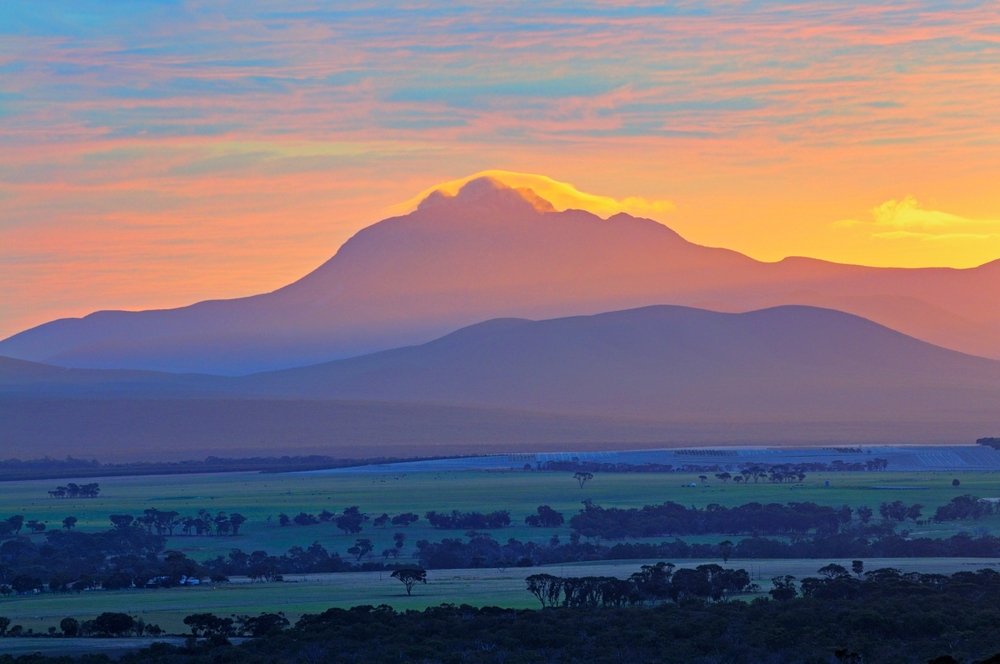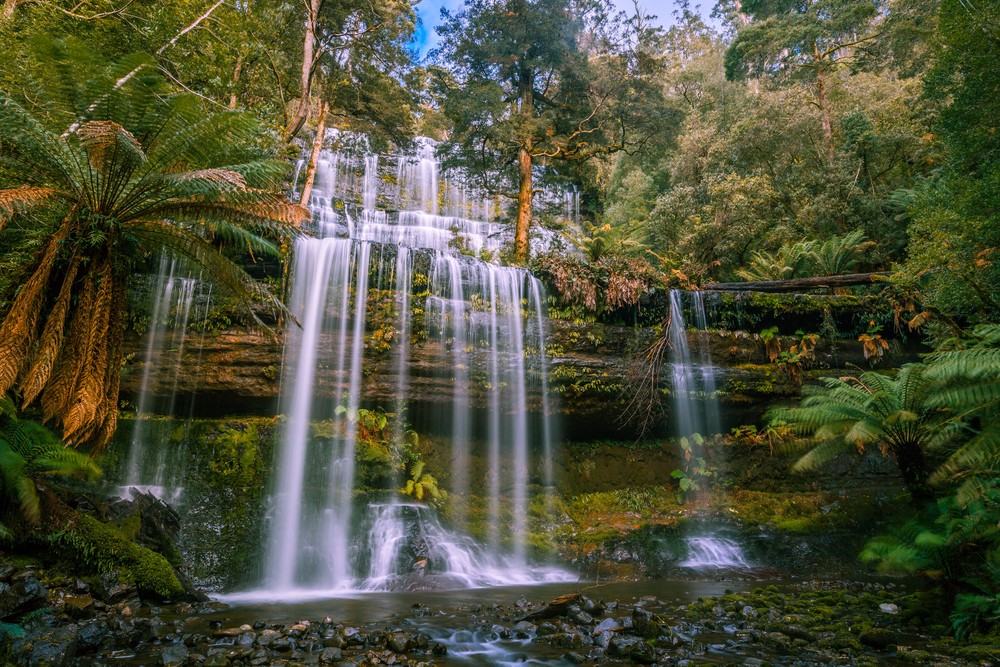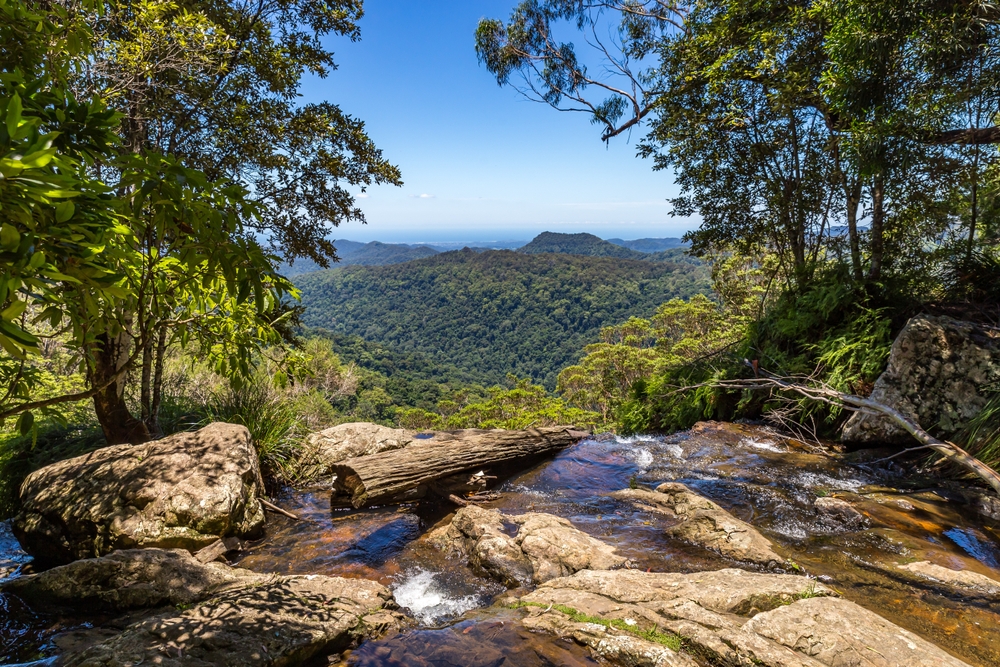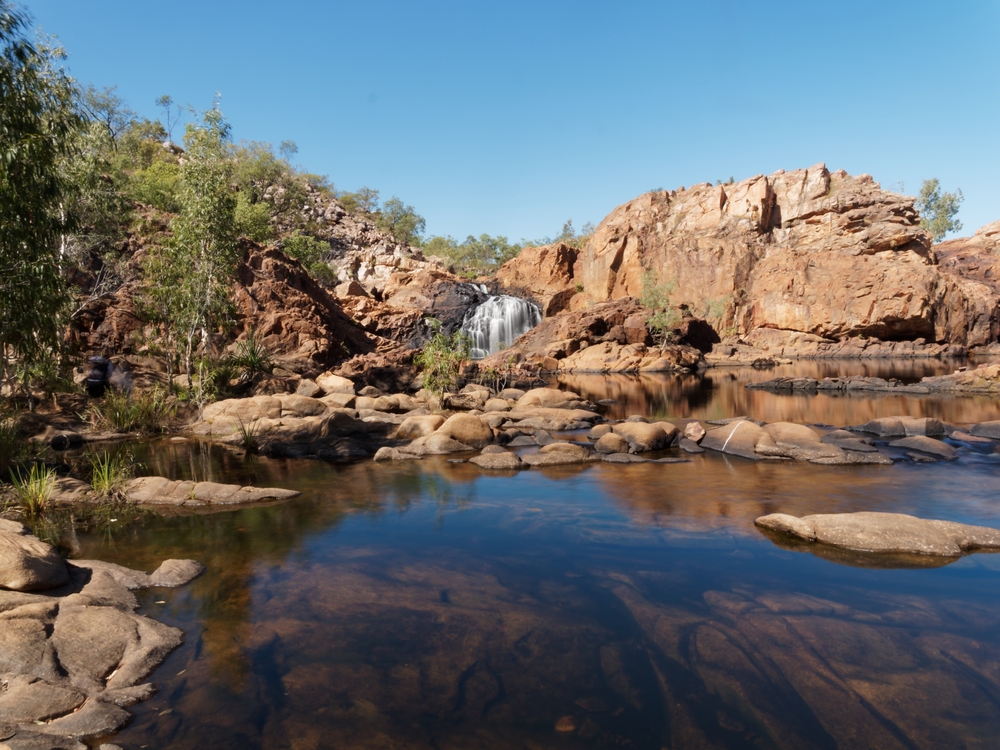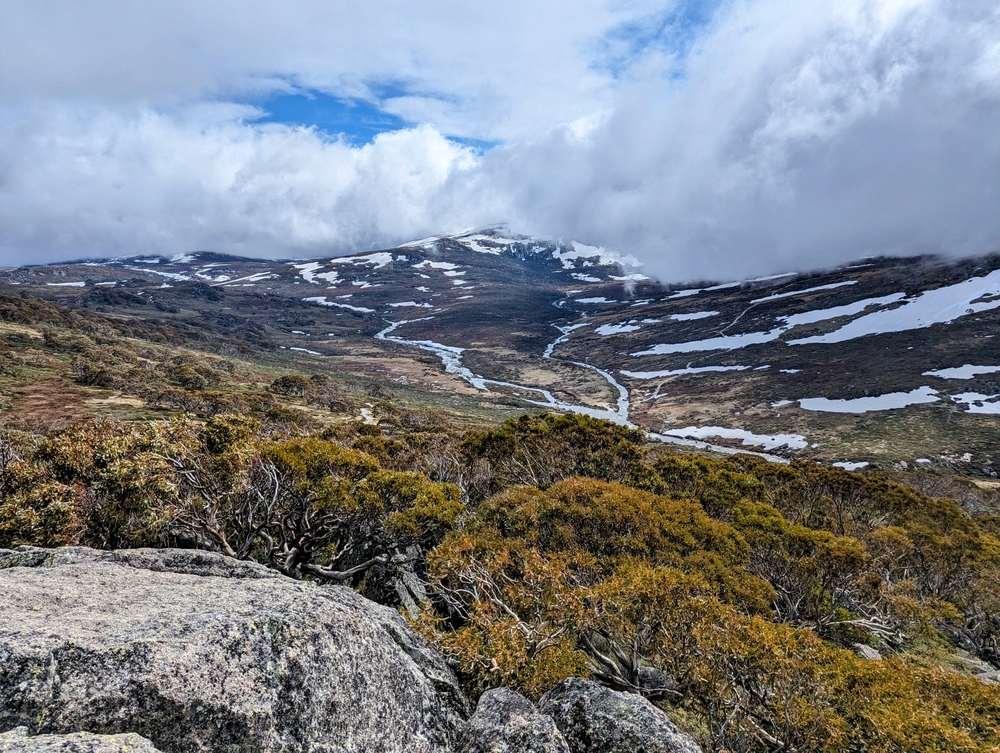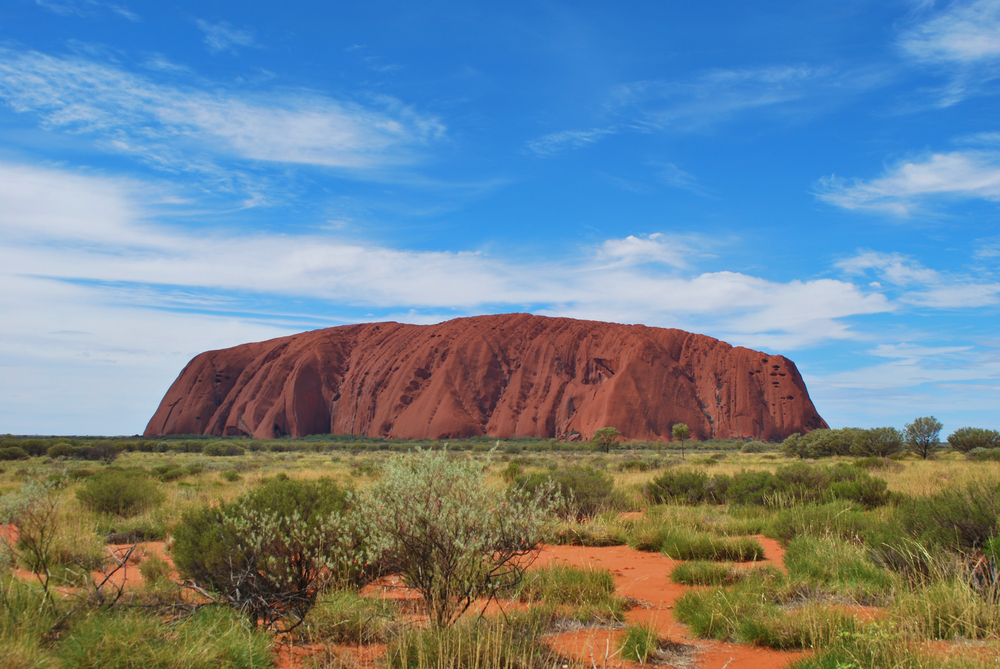Booderee Overview
Booderee National Park, located in the Jervis Bay Territory on the southeastern coast of Australia, covers an area of approximately 25 square miles (65 square kilometers).
The name “Booderee” means “bay of plenty” in the language of the local Wreck Bay Aboriginal people, who co-manage the park alongside Parks Australia. This coastal park is known for its white sandy beaches, dramatic cliffs, and lush forests, making it a stunning example of Australia’s natural beauty. The park’s landscapes range from tall eucalyptus forests and heathlands to freshwater lakes and coastal dunes, creating a diverse ecosystem that supports a wide variety of plant and animal life.
Prominent geographical features include the stunning Cave Beach, a favorite among surfers, and the tranquil Green Patch, known for its calm waters and excellent swimming conditions. Murray’s Beach offers spectacular views of Bowen Island, a protected seabird breeding site. Booderee Botanic Gardens, the only Aboriginal-owned botanic garden in Australia, is another key feature of the park, showcasing native plant species and their cultural significance.
Wildlife in Booderee National Park is abundant, with an impressive array of native species. Visitors often spot eastern grey kangaroos grazing in open areas, while swamp wallabies and echidnas are frequently seen in the forests. The park is also home to bandicoots, possums, and several species of bats. Birdwatchers are particularly drawn to Booderee due to its diverse avian population, which includes colorful rainbow lorikeets, powerful owls, and the endangered eastern bristlebird.
Seabirds, such as little penguins and white-bellied sea eagles, can often be seen near the coastal cliffs or on Bowen Island, which serves as a protected breeding ground for many species. Marine life is equally rich, with dolphins, seals, and even migrating whales passing through the waters of Jervis Bay.
Popular attractions within Booderee National Park include its pristine beaches, which are ideal for swimming, snorkeling, and kayaking. Scuba divers are drawn to the park’s clear waters, where they can explore kelp forests, rocky reefs, and vibrant marine ecosystems teeming with fish. The park’s network of walking trails provides opportunities to experience its diverse landscapes up close.
The Munyunga Waraga Dhugan loop walk offers breathtaking coastal views and interpretive signs that highlight the cultural and natural history of the area. Visitors can also enjoy camping at Green Patch, Bristol Point, and Cave Beach, where they can experience the tranquility of nature under a star-filled sky.
Booderee National Park is deeply significant to the local Wreck Bay Aboriginal community, who have lived in the region for thousands of years. Through co-management, the park integrates Indigenous knowledge and traditions into conservation efforts, ensuring that both natural and cultural heritage are preserved.
Conservation efforts within the park have focused on protecting its unique biodiversity, including habitat restoration projects aimed at supporting threatened species such as the eastern bristlebird and the broad-toothed rat. Marine conservation measures have also been implemented to safeguard the fragile ecosystems of Jervis Bay. Despite these efforts, challenges such as invasive species, habitat loss, and climate change continue to pose threats to the park’s wildlife and ecosystems.
However, ongoing research and community involvement have contributed to successful conservation outcomes, making Booderee a model for Indigenous-led environmental stewardship in Australia.








































































